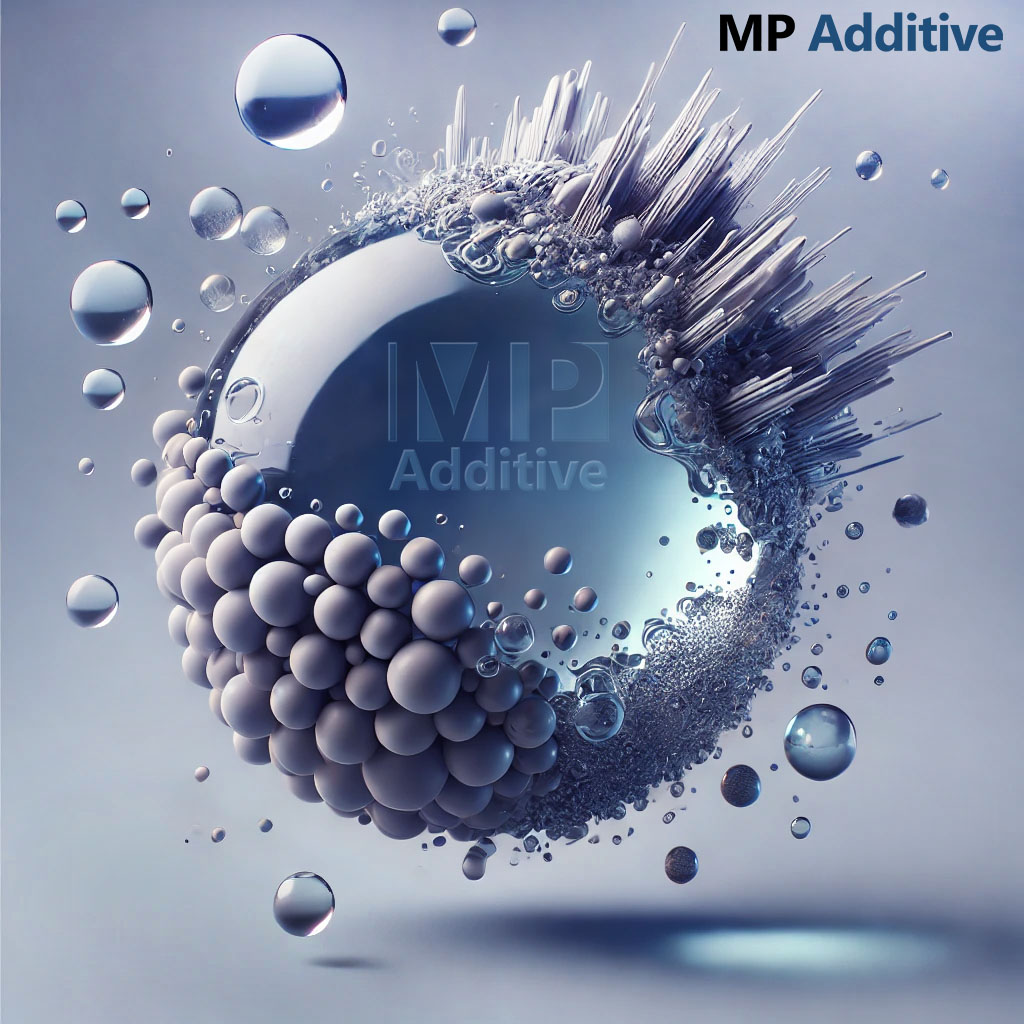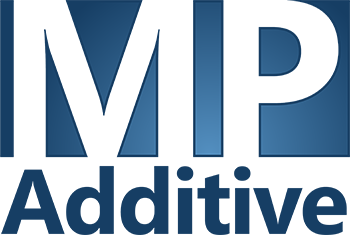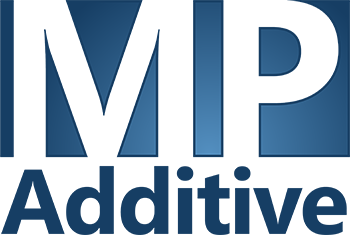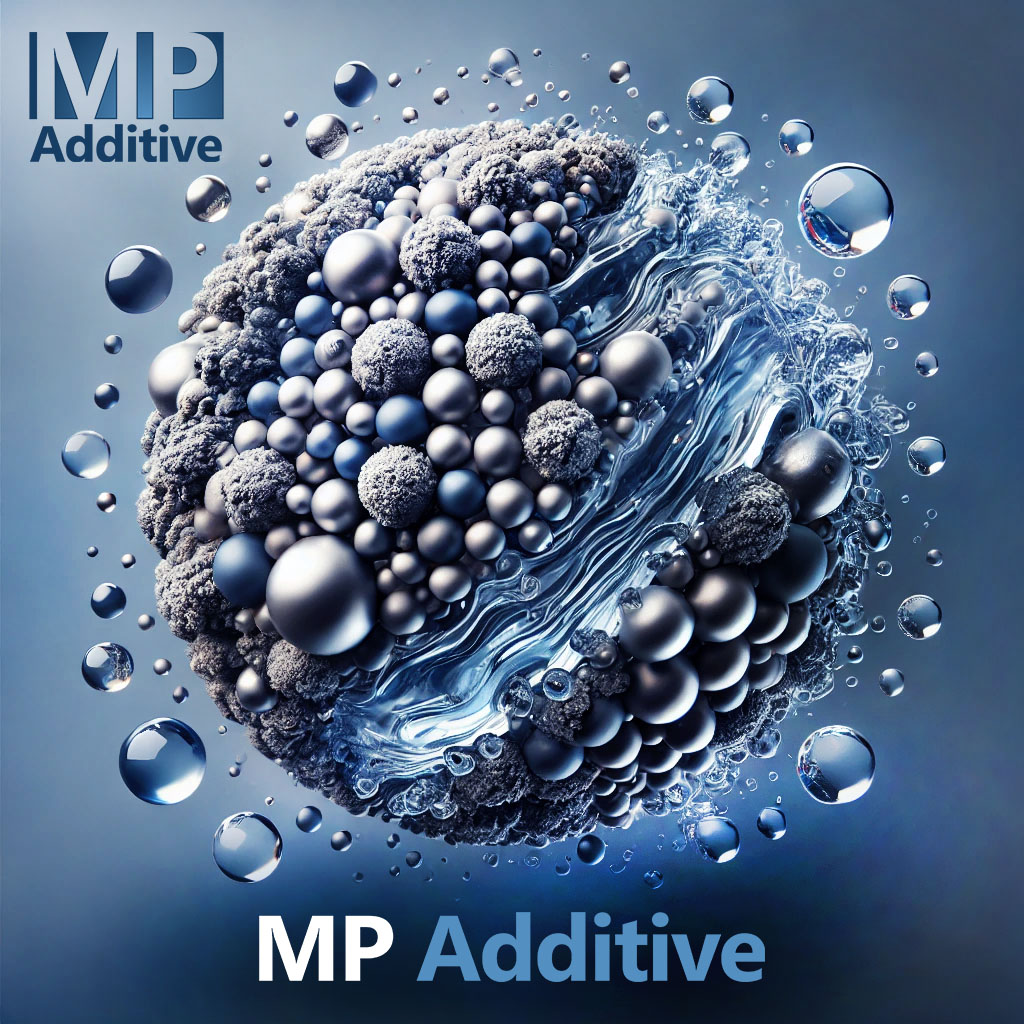Did we mention, MP is a high-speed continuous process with no discreet layers!
Our Technology
It's a secret but just a little info won't hurt...

What Inspired MP 3D Printing, and Is it Really Special?
MP 3D printing is a powerful new technology designed from the ground up to address the limitations of existing systems and reshape the future of 3D printing. During its development, special care was taken to address the flaws of current technologies while leveraging their potential strengths.
While the technology is still secret, we can share a little information about how it came to be…
How Did Existing 3D Printing Issues Influence the Development of MP 3D Printing?
Exploring the issues and challenges created with various 3D printing technologies (see section below on existing tech) revealed several overarching problems:
- Limited material options
- Material safety concerns
- Lack of multi-material capabilities (including full color)
- High costs
- Assembly printing limitations
- Poor scaling of print time with print area increases
- IP limitations and associated cost
Despite these limitations, each technology also has its strengths and potential applications. The critical question became: Can we improve or create a new 3D printing technology that addresses these challenges while retaining the strengths?
Primary Goals for MP 3D Printing
As we identified the problems of existing technologies and considered solutions, a collection of critical goals were defined:
1. Universal and Open Material
![]() Print powders, pastes, gels, and liquids.
Print powders, pastes, gels, and liquids.
![]() Work with production grade materials—polymers, metals, glass, ceramics, biological materials, reactive materials, etc.—within a single system.
Work with production grade materials—polymers, metals, glass, ceramics, biological materials, reactive materials, etc.—within a single system.
![]() No preference concerning particle shape. (Filament, pellets, granules, or flakes can be powderized with any method, including in-system options.)
No preference concerning particle shape. (Filament, pellets, granules, or flakes can be powderized with any method, including in-system options.)
![]() Deliver multiple materials selectively, rapidly, accurately, and with minimal influence on each other.
Deliver multiple materials selectively, rapidly, accurately, and with minimal influence on each other.
2. Versatile Material Processing
![]() Ensure the system accommodates a wide range of in-system general and selective material processing methods without compromising effectiveness or efficiency.
Ensure the system accommodates a wide range of in-system general and selective material processing methods without compromising effectiveness or efficiency.
![]() Allow material additives, including full color and reactive combinations.
Allow material additives, including full color and reactive combinations.
3. High Resolution and Speed
![]() Function through a blended continuous process, eliminating discreet layers.
Function through a blended continuous process, eliminating discreet layers.
![]() High-speed simultaneous material placement and processing (no pausing or stages).
High-speed simultaneous material placement and processing (no pausing or stages).
![]() Build area size and part count do not affect print times.
Build area size and part count do not affect print times.
4. Safe, Simplistic, and Controlled
![]() Prevent exposure to unprocessed materials at all stages of printing.
Prevent exposure to unprocessed materials at all stages of printing.
![]() A fully contained universal material handling system that is inherently self-cleaning and clog free.
A fully contained universal material handling system that is inherently self-cleaning and clog free.
![]() A clean and simple process, with no special machine setup or cleanup.
A clean and simple process, with no special machine setup or cleanup.
![]() Compatible with automated part unloading.
Compatible with automated part unloading.
![]() Fully monitored and responsive process.
Fully monitored and responsive process.
5. Scalability
![]() Eliminate any inherent size and scale restrictions.
Eliminate any inherent size and scale restrictions.
![]() Usable in any orientation or environment (including variable atmospheres, pressures, or gravity.)
Usable in any orientation or environment (including variable atmospheres, pressures, or gravity.)
![]() Usable as a robotic end effector if desired.
Usable as a robotic end effector if desired.
![]() Support experimentation and expansion.
Support experimentation and expansion.
![]() Open cost range from inexpensive personal machines to full manufacturing systems.
Open cost range from inexpensive personal machines to full manufacturing systems.
6. Freedom from Existing Intellectual Property (IP) Restrictions
![]() Avoid limitations imposed by existing patents, enabling innovation.
Avoid limitations imposed by existing patents, enabling innovation.
Ultimately, MP 3D printing makes it possible to achieve all these capabilities and goals within a single printer, simultaneously!

Problems Faced by Various Existing 3D Printing Technologies
(As the listed development goals show, MP printing was specifically created to address these problems and limitations.)
Technology | Common Issues |
| Extrusion |
|
| Vat Photopolymerization (Also Including 2 Photon or Volume Based) |
|
| Material Jetting (Photopolymerization or Post Sintering) |
|
| Powder Bed (Including Bound or Fused) |
|
| Direct Energy Deposition |
|
| Lamination |
|
Of course that's not all, but you will have to wait.
Curious?
Let us know you are interested in our research and get information directly when it is released.








